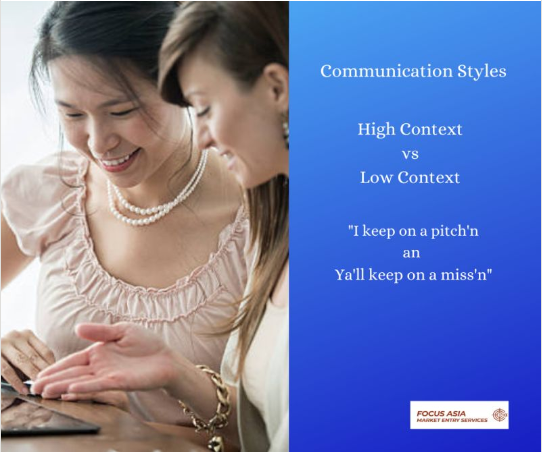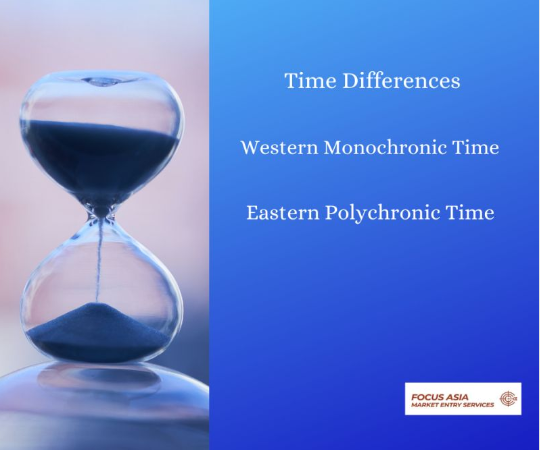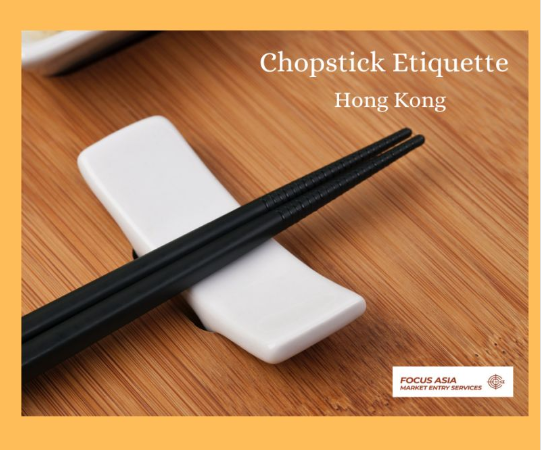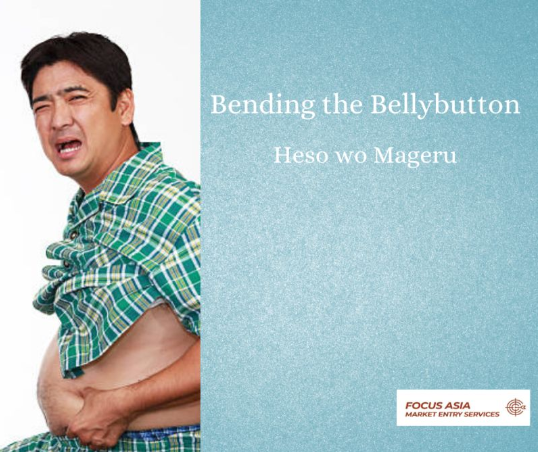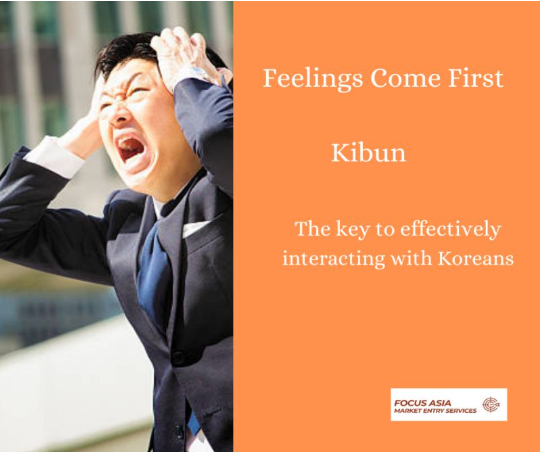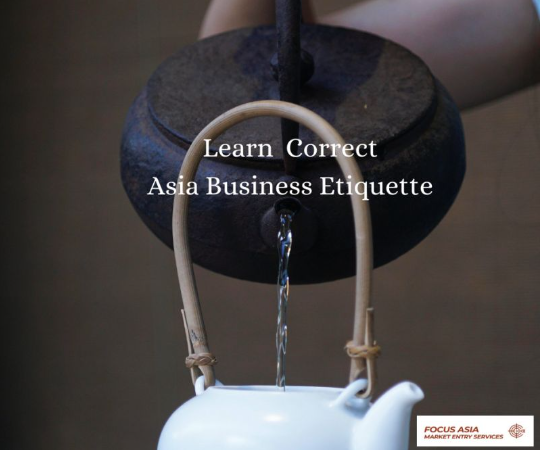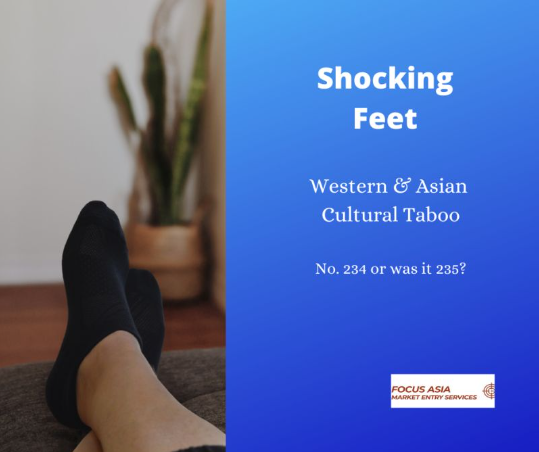Most Westerners think of the heart as being the center of one’s being. Take, for instance, a saying such as, “My heart has been broken” or “sweetheart.” In Japanese culture, it’s the stomach – not the heart which is the center of emotions. In ancient times the stomach was looked to as a way to understand other people. This was referred to as, haragei, or the art of the stomach.
Because of its importance, numerous expressions were used to relate to this part of the body. One of these was heso wo mageru, which means to bend the belly button. Bending the belly button means that someone’s feelings have been hurt. Anyone who tinkers with this center of emotion could expect some serious consequences.
For Western business people, dealing with Japanese can be difficult and managing Japanese even more so. Foreigners who are unaware of heso wo mageru, can easily hurt the feelings of their Japanese counterparts. Most likely, the foreigner will not know the slight has been made.
The offfended will unexpectedly go silent, anger is building, and even revenge is on the table. Just as suddenly, a Japanese could walk out and quit or nix a deal with no explanation.
The first course of action is to be aware of heso wo mageru, and to watch for subtle indicators. This is where a good relationship with a Japanese associate can help keep the foreigner informed on what’s going on. Address the situation quickly but respectfully and hopefully, this will help to resolve the problem.
